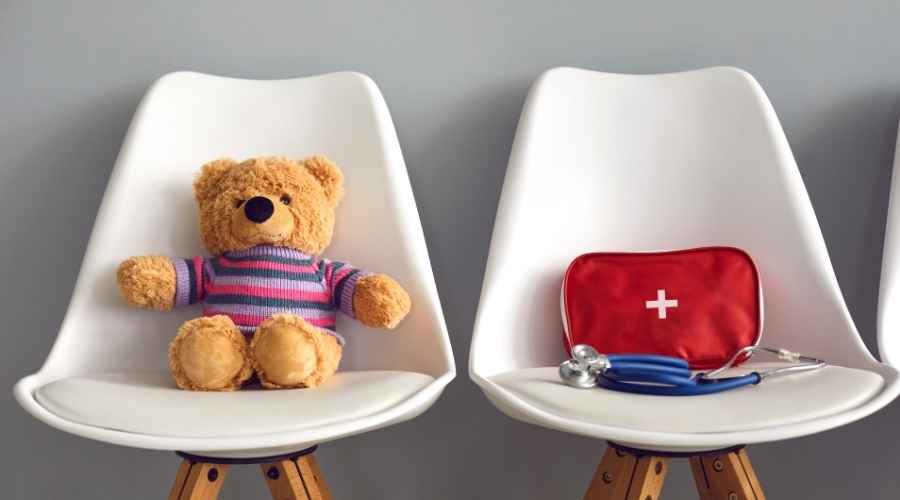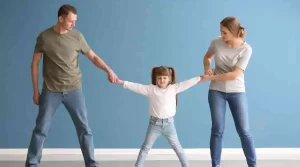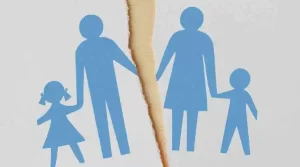Divorce affects many parts of both people’s lives, including how they raise their children. No matter how much conflict is involved in a separation or divorce, the children should always be the top priority when decisions need to be made. Two ways of getting a divorce help parents to work together in a healthy way.
This article talks about how working together to get a divorce and using mediation can be good for the kids. In both, the focus is on what will work in the future, and being negative is discouraged. This makes it easier for the kids to adjust to their new lives. Here are some important things to understand about how to successfully mediate a divorce.
Meeting the Needs of Children
The goal of both collaborative divorce and mediation is to avoid fighting. Instead of a contentious “winner takes all” approach, these processes let the parties work together to make settlements that are good for both of them. Even though the divorce process is often stressful and it may be hard for the parties to work together, professionals encourage respectful communication and a cooperative, problem-solving approach instead of an adversarial one.
In each process, trained professionals are used to help guide the talks and keep the settlement meetings on track. Because the goal of each process is to reach a settlement that is good for both parties, the talks can then focus on what the children need and how the parents can meet those needs after the divorce. The goal is to keep the kids from getting in the way.
Chance to be Heard
In a traditional courtroom, each side makes its own case with the help of its own lawyer, and the judge usually makes the final decision. Parties don’t always get a chance to feel like they’re being heard. Even though most cases end in a settlement, the way a case is settled can have an effect on the end result and how family members get along in the future.
In collaborative divorce and mediation, the parties can talk about the issues and may work with a team of professionals who have been trained to help them come to an agreement. In mediation, the mediator acts as a neutral third party to help the parties work through their problems, but the parties make the final decisions.
Even though lawyers are often used to make sure decisions are well-informed, to help with negotiations, and to put the agreements in writing, the parties are the ones who make the final decisions.
Adding a Child Specialist
As was said above, the collaborative divorce process lets trained professionals work with the two people who are getting a divorce. In some cases, the people involved may decide to add a child specialist to the team. The child specialist can help with different parts of the process, such as teaching the kids how divorce works and how to adjust to their new lives.
The child specialist may also talk to both sides to find out more information and give the children a chance to say what they think. My website has more information about what a child specialist does.
Focused on Children
The model of mediation that includes the child is similar to how a child specialist is used in a collaborative divorce. In this model of mediation, a child consultant will meet with the kids and then give feedback to both the mediator and the people involved in the conflict.
The child consultant won’t be a part of the mediation itself but will meet with the kids in a neutral place and give feedback and information based on what they say. On my website, you can find out more about mediation that includes children.
Both the collaborative divorce and the mediation process have a lot to offer. When getting a divorce, the process chosen should be well thought out and fit the needs of each family. Even though there is no one process that can guarantee a stress-free divorce, the collaborative law and mediation options are made to reduce unnecessary tension and negative feelings between the parties.
Focusing on working together for the sake of the children helps to make a settlement that will last and help both sides.



